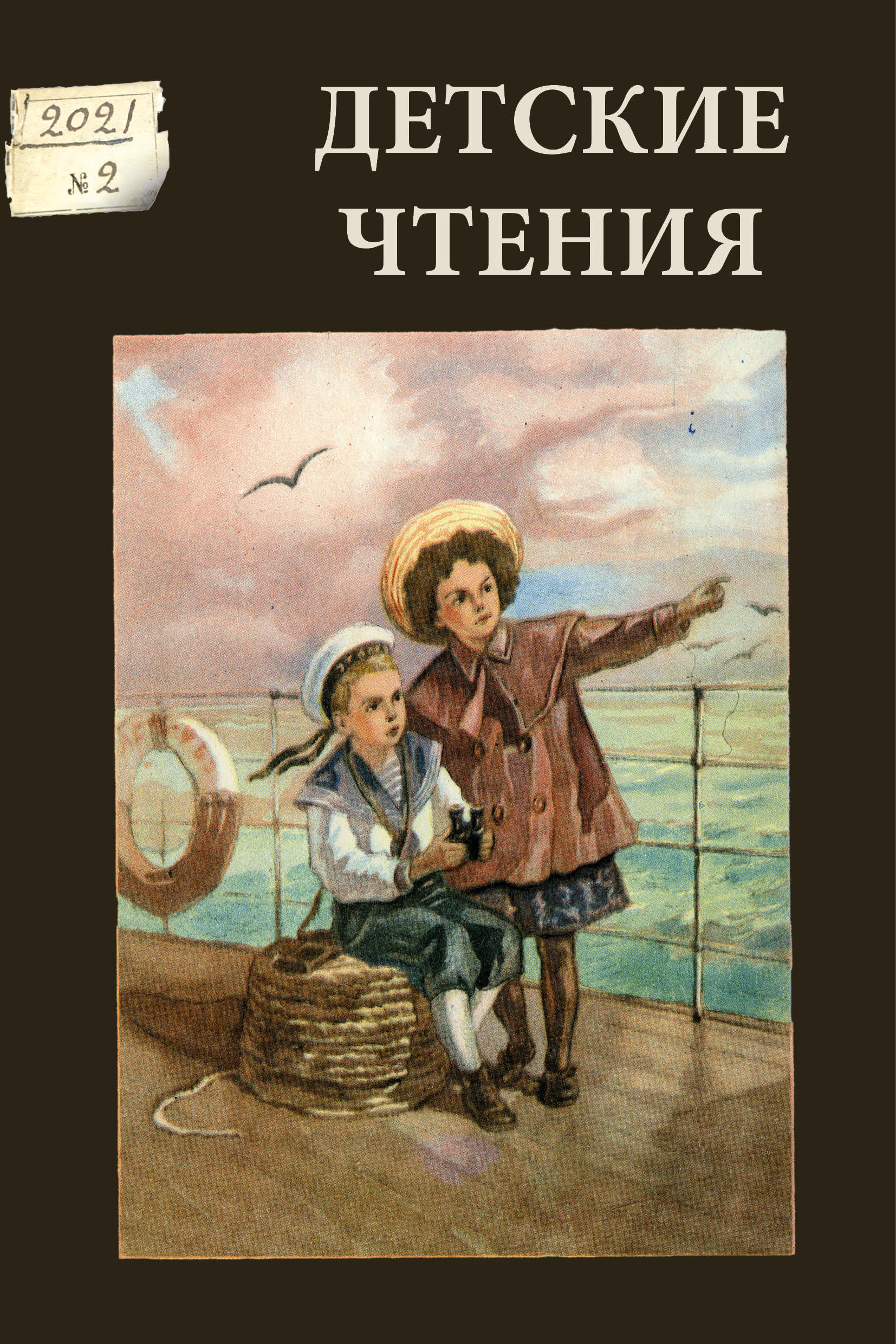Boys And Girls Reading In Criticism And Research In the Second Half Of The 19th And The First Third of The 20th Centuries
DOI:
https://doi.org/10.31860/2304-5817-2021-2-20-7-16Abstract
The introductory article analyses the materials selected for publication in the column “Archive” and compares the articles of critics of the second half of the 19th century and the first third of the 20th century in their assessment
of the influence of gender division of boys and girls reading. The articles of M. K. Tsebrikova’s “Chtenie dlja podrostkov” (Reading for Teenagers) (1888) and P. A. Rubtsova “Kakie jelementy literaturnogo proizvedenija vy-
deljajutsja det’mi. (K probleme — ‘Chem vozdejstvuet kniga na rebenka’)” (What elements of literary work are distinguished by children) (1929) are devoted to research in the field of sociology of reading and analysis of the
perception of certain themes in children’s literature. The attention of the critics focuses on the issues of reading circle formation, reader’s reception, and reader’s characteristics such as age, gender, belonging to the social environment, and educational institution. The introduction comments on the approaches to the regulation of children’s reading reflected in the articles of A. Danilov, the critic under the pseudonym L., M. K. Tsebrikova, and
I. Aleshintsev. The article cites some results of the studies of boys and girls reading, carried out in the 1920s by the Institute of children’s reading: the quantitative data characterizing the agents that form the repertoire of children’s reading, as well as features of children’s literature perception of different age and gender.
Keywords: children’s literature, gender, sociology of reading, Maria Tsebrikova, Pavla Rubtsova







